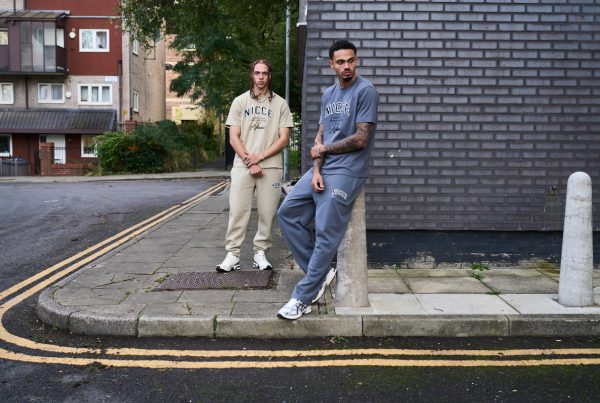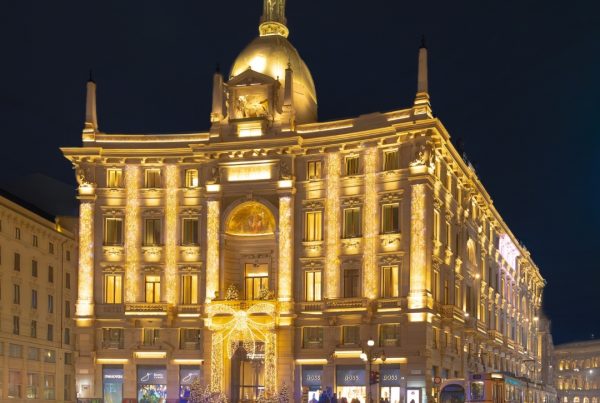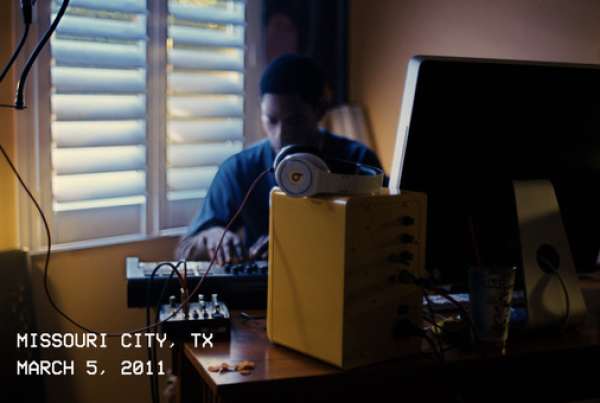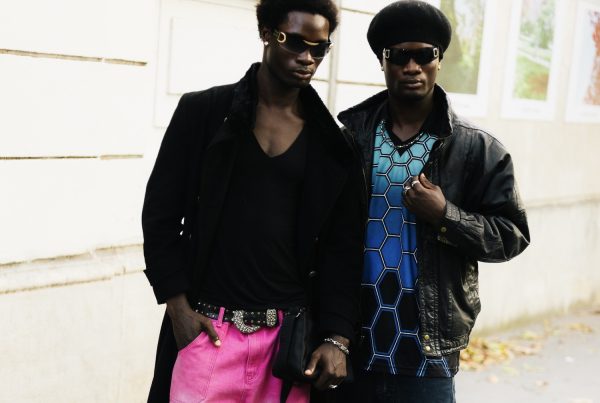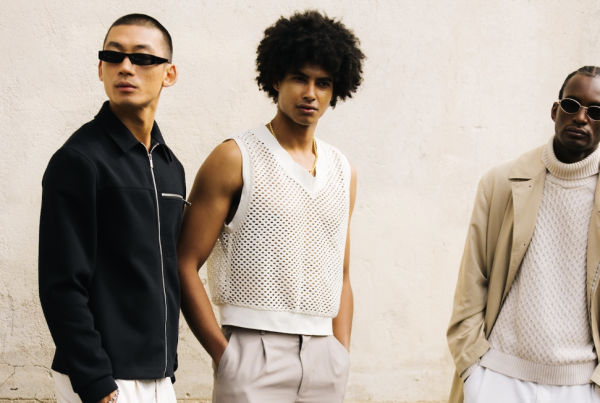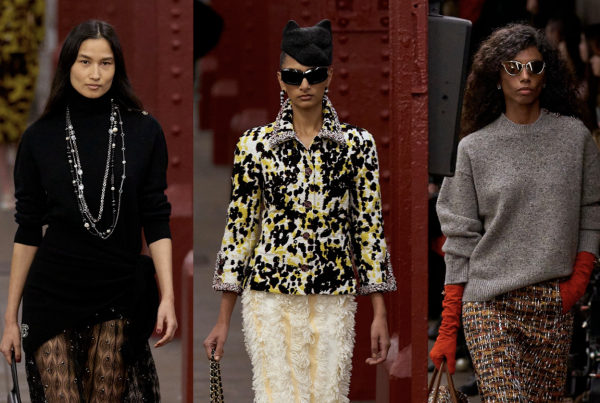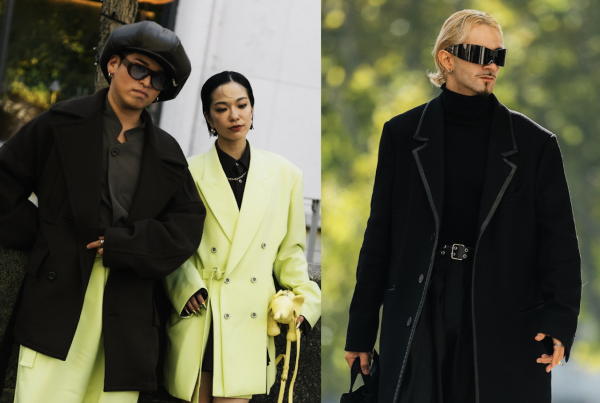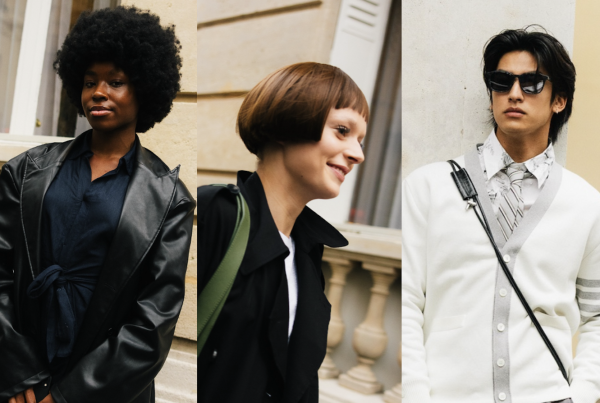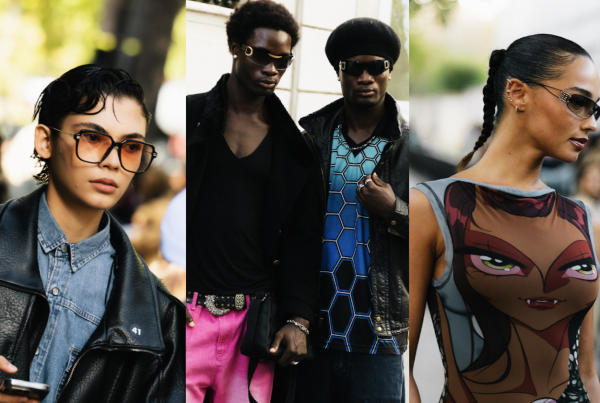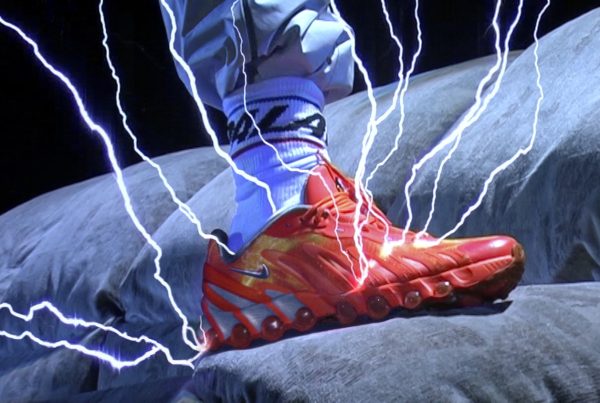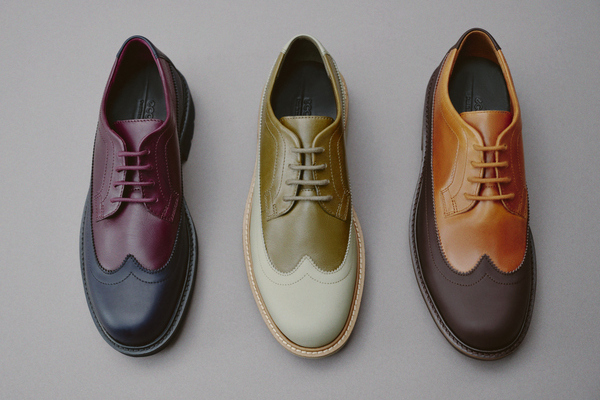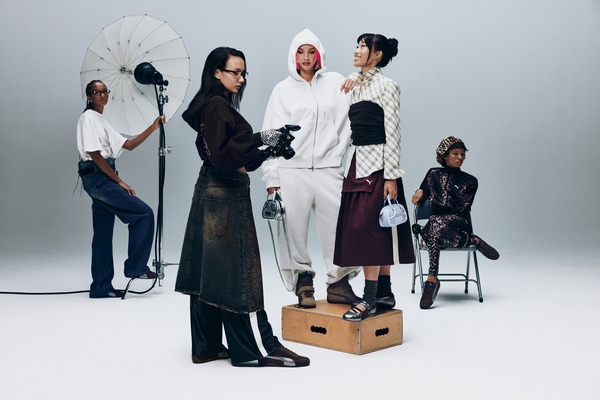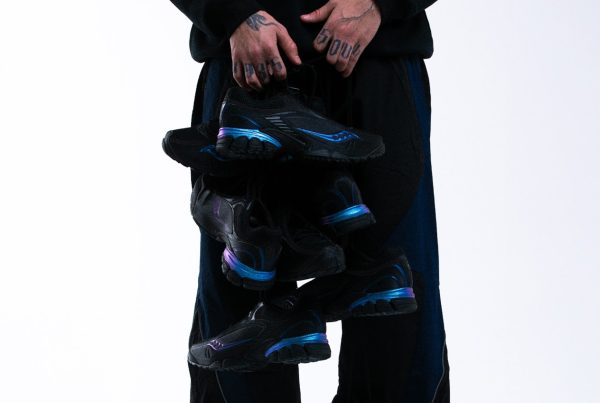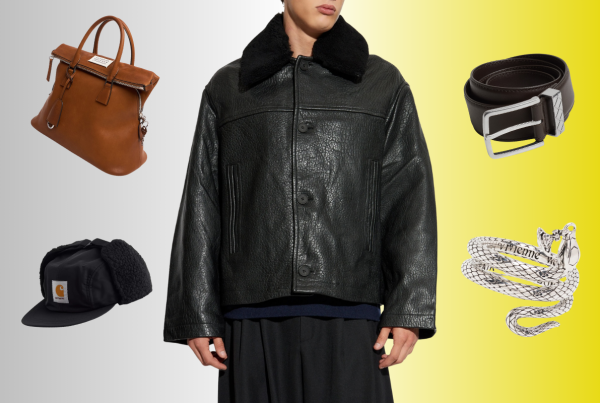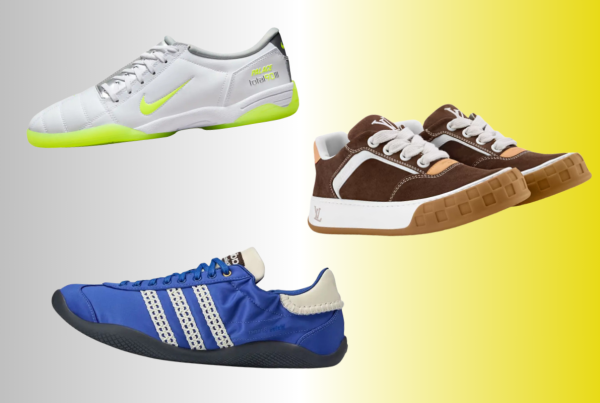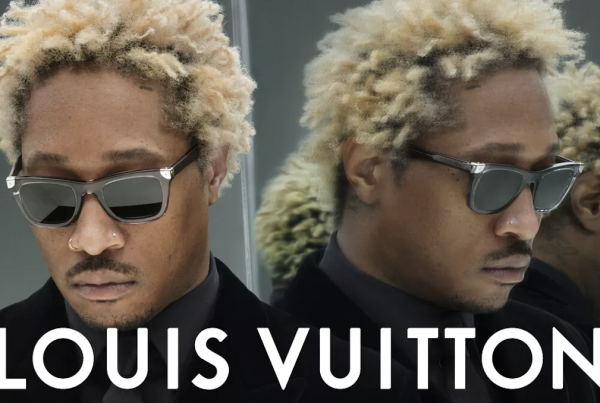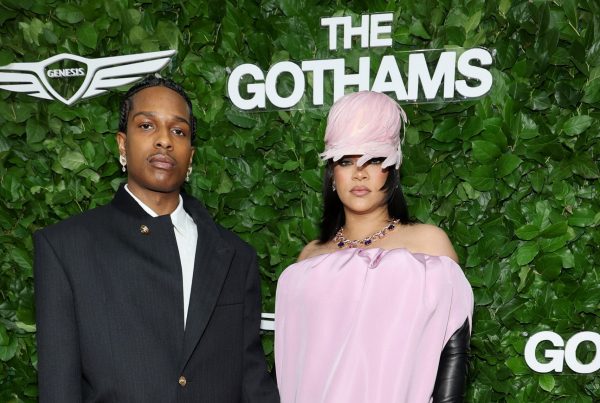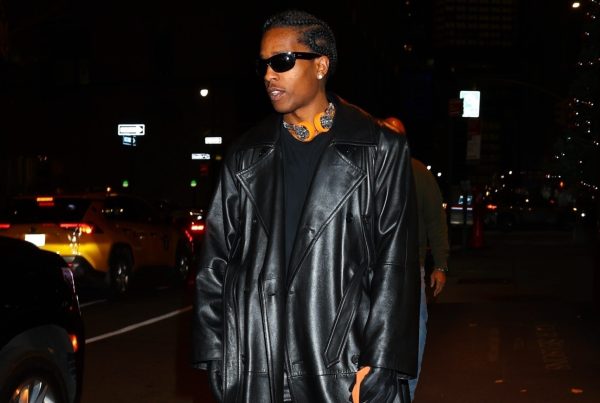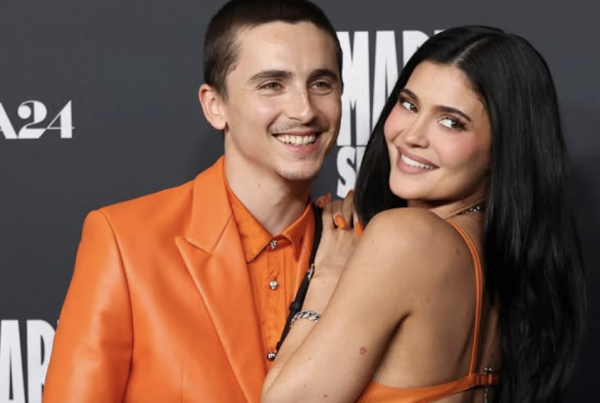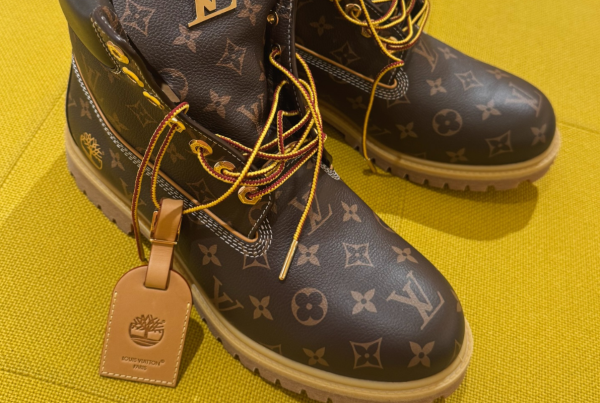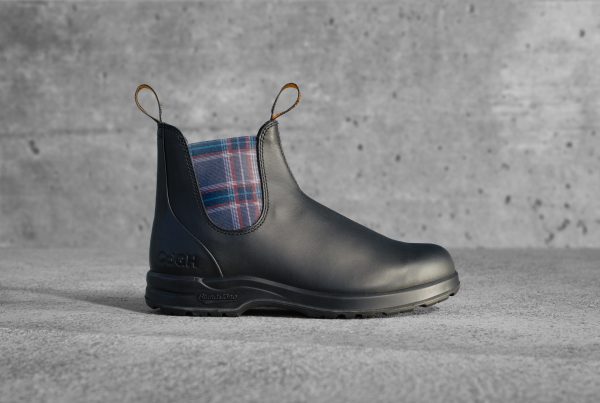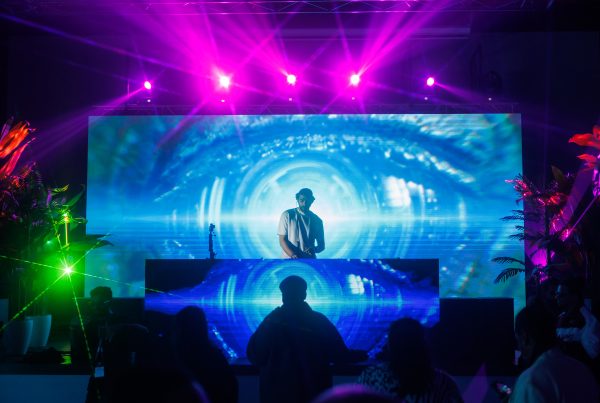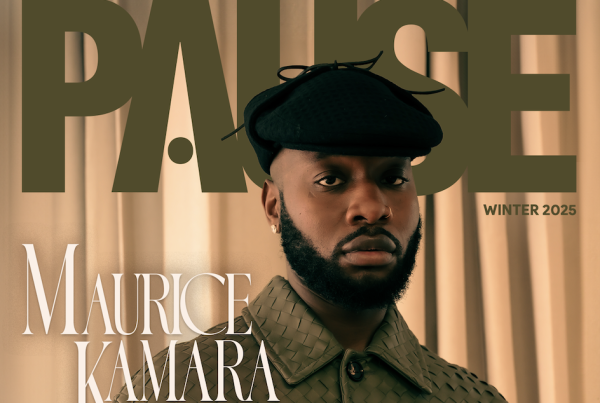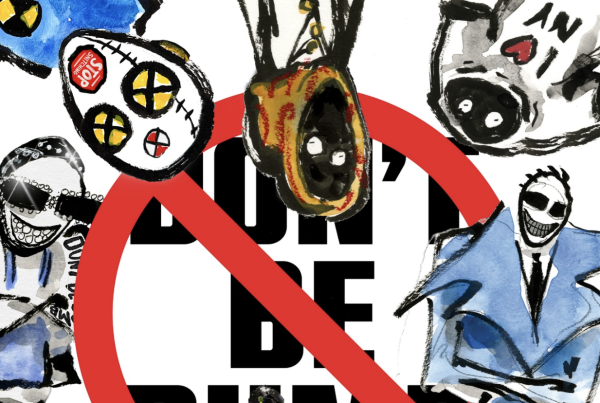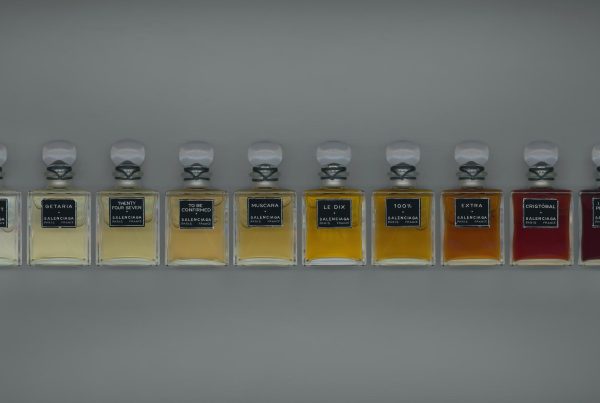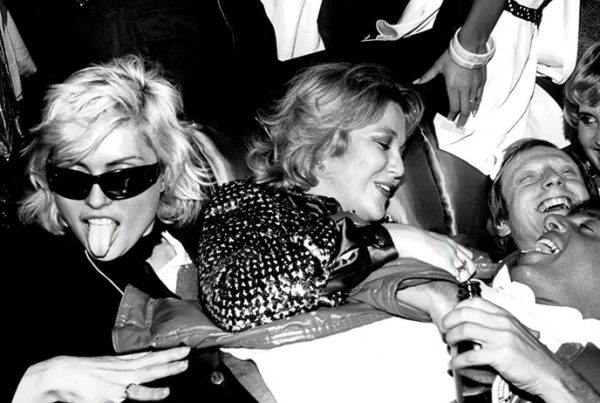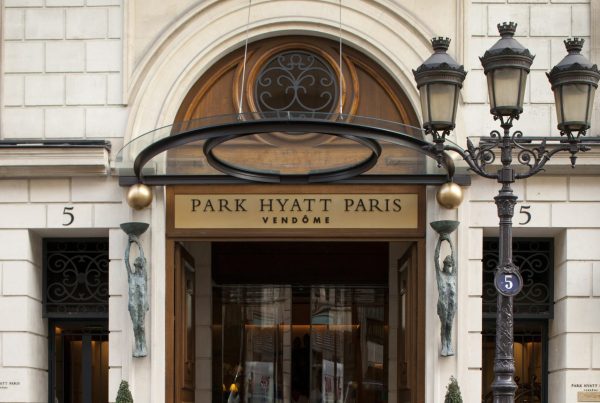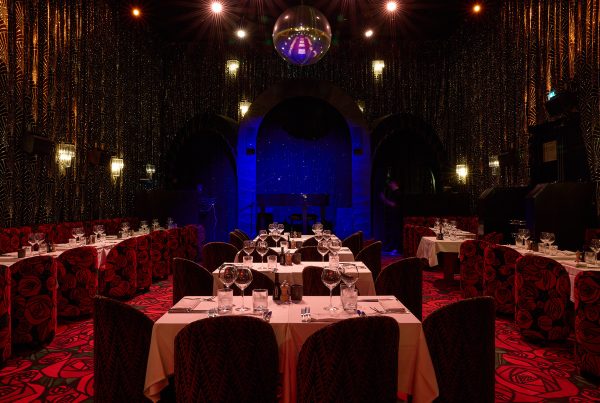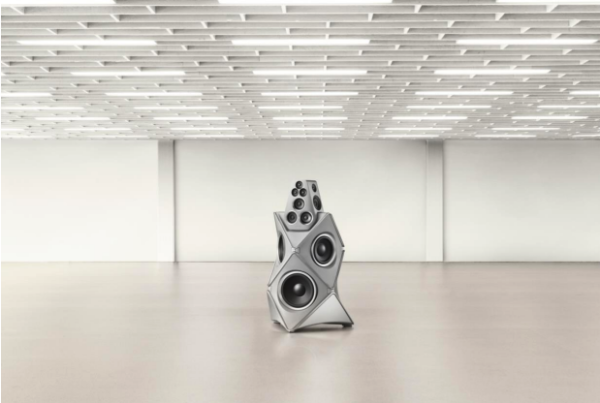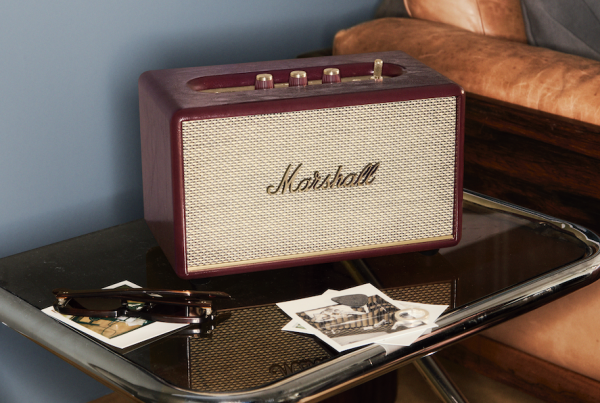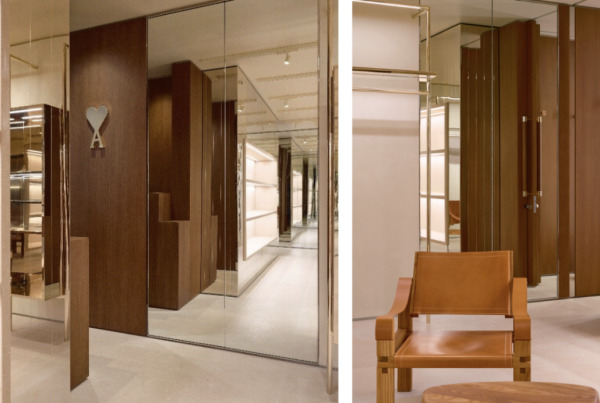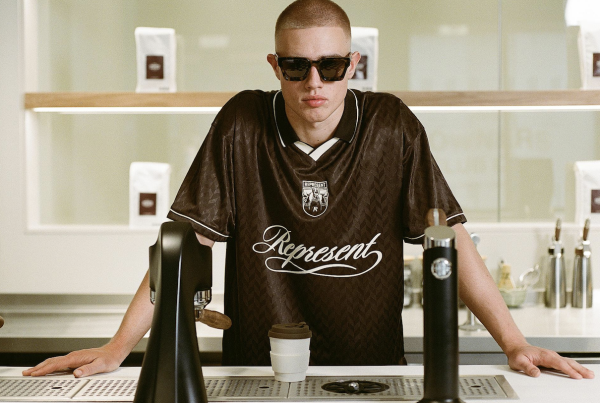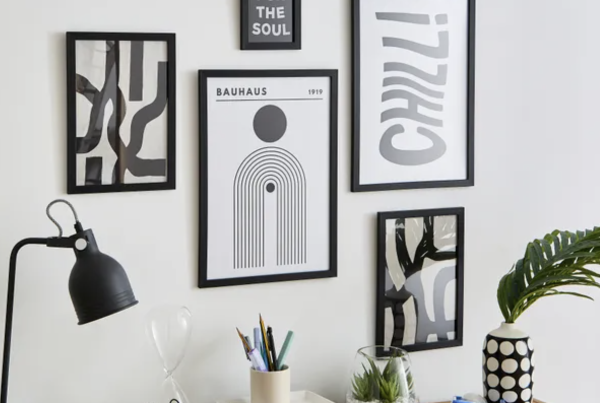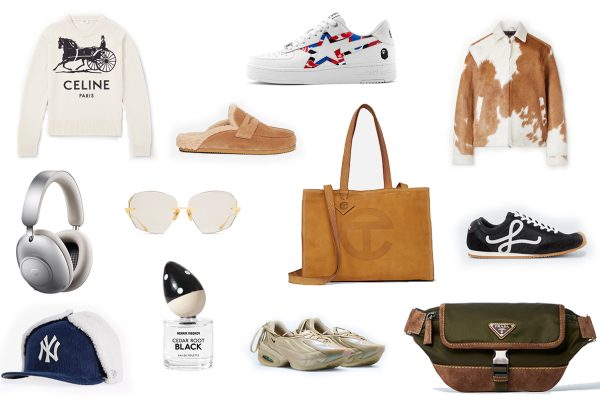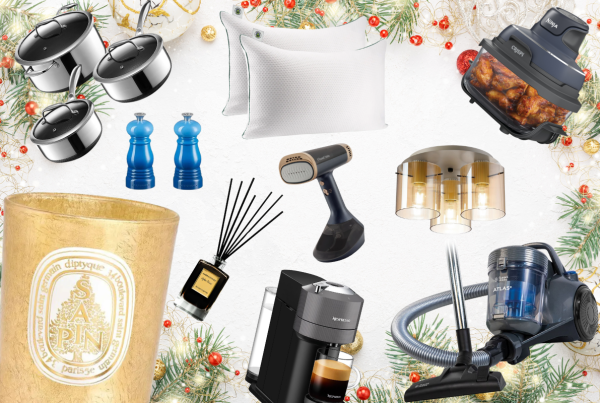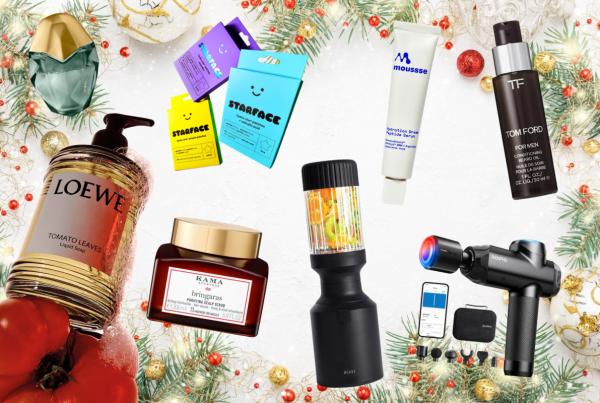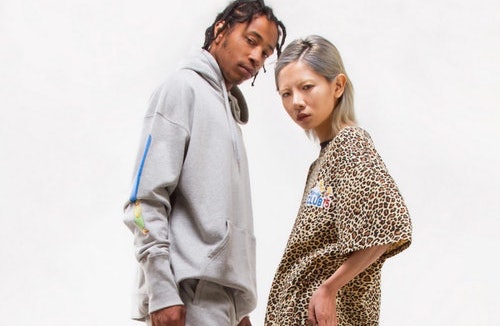Are Counterfeits Really ALL Bad?
If you’re into designer brands, you might have been there – missing out on the release day of your favourite drop and going over every resale page that you know to get your hands on it. It might have been a long and winding road and you might have to cop at a price three times higher than the original, but anyway you shelled out. Two weeks later, your mates prove yours is a knock-off. What a nightmare…
Counterfeits are not some urban myths. In fact, according to Adidas’ CEO Kasper Rorsted, ten percent of the veteran’s products in Asia are fake. Last month streetwear giant Off-White also filed a lawsuit against over 160 online counterfeit sellers. It really doesn’t come off as a huge surprise because as the reselling trend flourishes, naturally, the market of knock-offs expands. Whilst there is no specific figure on what the percentage of fake goods are in the British market, there is a cluster in Manchester rather infamous for being “the fakes’ capital”. Rip-off Gucci sneakers are available on eBay under £10 as well. We are evidently surrounded by counterfeit fashion products here and there.
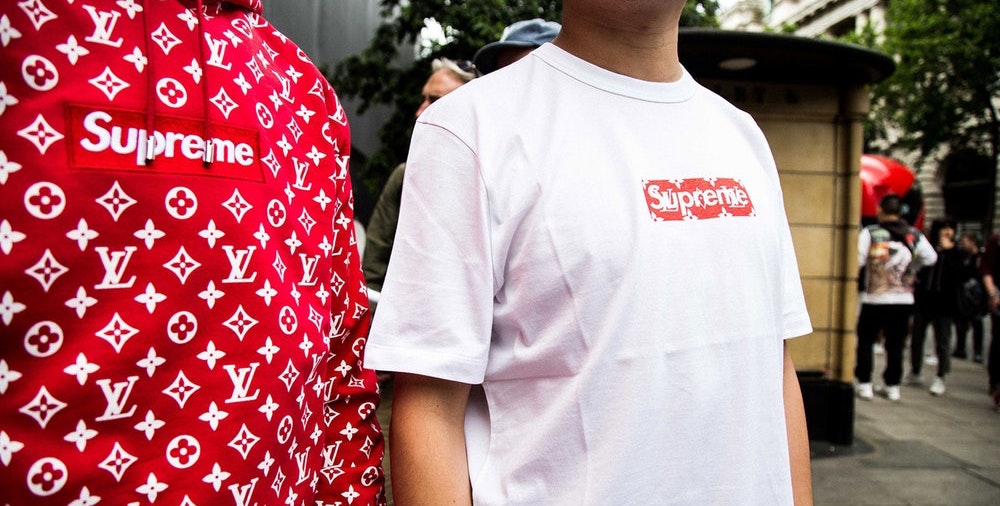
IMAGE CREDIT: Hypebeast
The truth is tragic and pathetic, yet it is not something that any brand can easily stay away from. Traditional premium fashion is often the target of the fakes game. Just off the top of our heads comes Burberry’s signature Nova check cashmere scarf. In the worst case, this will continue to grow as high-fashion labels bring about a lot more coveted collaborations with streetwear brands. Louis Vuitton and Supreme, for instance, released a phenomenal collection and of course there were replicas of that everywhere.
Now it is frivolous to argue against the fact that replicas of patented products are illegal. We discourage the production of counterfeits. Nonetheless, we wish to offer an alternative understanding and to discuss the actual impact of these knock-offs – whether they are as harmful as we have imagined to brands and designers.
Here is a brief explanation as to why rip-offs ARE damaging to the masterminds behind them – they have infringed the intellectual copyright law and it is unfair to the artists who have come up with the designs.
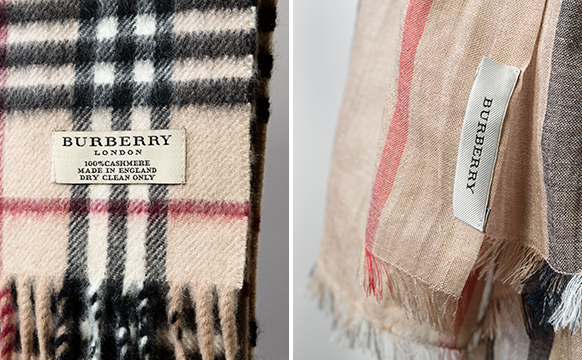
Real vs. Fake | IMAGE CREDIT: TheRealReal
Very straight-forward. But are counterfeits jeopardising the market from a business perspective? Not necessarily. Bear in mind the potential benefits suggested below are limited to counterfeits that present themselves as they are. We will delve into the ones that are produced to deceive later.
First, replicas open up brands to a category of customers which probably is of different age and social class to the primary target. Take Gucci as an example – with a pair of men’s sneaker standing at £675, it is not rocket science to deduce that the Italian designer brand is aiming at the more wealthy, upper-class fashionistas and celebrities. If you’re one of them, congratulations! Chances are you will never in your life cop the knock-offs which probably have a price tag of £6.75. At this price, we kind of expect it to be fake anyway. If you are inspired by Gucci’s style but would rather spend that sum on something else, the latter might be something you would consider.
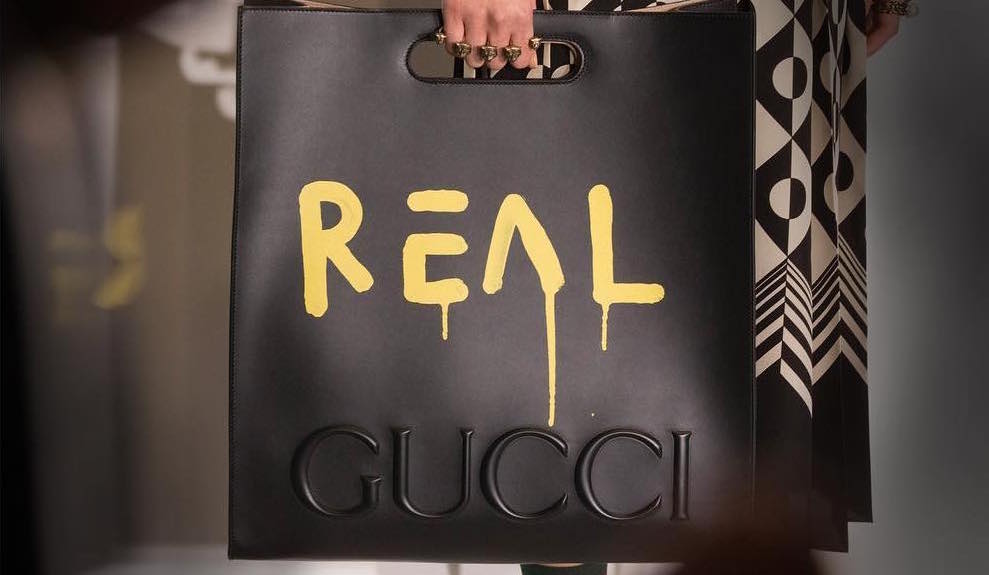
This demonstrates that the two classes of goods, reals and fakes, are catering the needs of two opposite ends of customers. They are barely overlapping and thus counterfeits are hardly in competition with the authentic versions. On the bright side, these duplicates will popularise the brand in general and will aid in raising brand awareness.
Much connected to the above, the second advantage is the larger a brand’s customer base is, the more free advertisements it enjoys. Social media is most likely your ally in this case, especially with Instagram reaching 800-million active users on a monthly basis, every #ootd snap is an inspiration for someone to cop your next drop. Besides, Instagram is visually-overwhelming. More often than not users scan through posts than reading between the lines. So will a knock-off of Balenciaga’s Triple S manifest its true self on Instagram? Not quite. People are too exhausted to notice unless it’s really an eyesore.
However, malicious counterfeits that are produced to deceive and sold at an astronomical price are exploiting consumers and putting them in a vulnerable position. They cause a nuisance to candid sellers and brands’ reputations will be at stake since buyers might honestly believe that those poorly-made counterfeits are genuine. Frauds as such are not uncommon on trading websites such as eBay, Depop and Grailed.

Even though there are hunters for frauds, guides on how to avoid fraudulent items and official policy that blacklists hoodwinkers, it remains to be awfully difficult for ordinary customers to tell whether some products are authentic, particularly those that are produced skilfully and deliberately to swindle.
In an effort to minimise frauds-induced loss, Authenticate First launched their authenticating service for buyers, sellers, sizeable websites, brick and mortar stores and private clientele. This is to guarantee a safer transaction environment. However since this is a paid-for service, at the same time it increases the costs hence the prices of goods, which are eventually borne by customers.
All in all, some fashion counterfeits do bring about advantages and open up more opportunities in the market despite copyright law infringement. Therefore counterfeits are de facto not entirely toxic to labels and designers. Even with frauds, customers perhaps are more likely to suffer from a loss than the business, yet there is definitely something positive to say about the ongoing effort to combat fraudulent crimes. Share your experience with knock-offs below.

